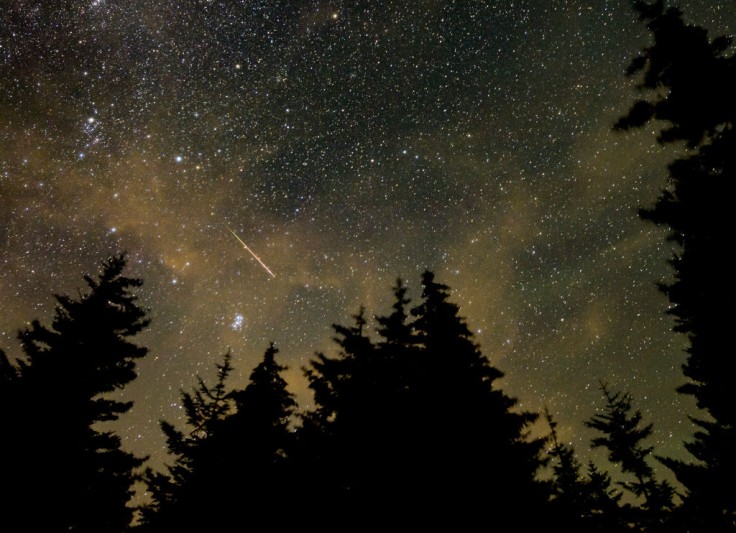
Geminids meteor shower will be experienced across the U.S. Geminids are striking meteors. With that, here are a few tips on how to take Geminids photos.
The forthcoming Geminids meteor shower has been tagged as the finest of the year, averaging 50 to 100 meteors per hour at its peak, including multicolored fireballs. However, sightseers would need to avoid streetlights for the best views.
The Geminids are visible from December 4 to 17, with a peak on Monday and Tuesday, December 13-14. Around 2 a.m. is the optimum time to see the meteor shower. The constellation Gemini is at its greatest point in the sky on the morning of the 14th, when the shower's radiant point is.
Geminids Meteor Shower
As the Geminids meteor shower approaches its peak, sightseers should be able to view a lot of shooting stars a few days earlier. Early-evening sightseers may capture a rare earth grazer, which is a slow-moving, long-lasting meteor going horizontally across the sky if they can't or don't want to stay up all night monitoring the skies for meteors and fireballs.
Some of the fainter meteors may be blotted out by a waxing gibbous moon, which illuminates around half of its face. However, because these meteors are so numerous and dazzling, seekers should be able to see some shooting stars, especially if they live in a dark area.
The number of visible meteors each hour reduces to around 30 or 40, and those in the centers will see almost nothing.
Meteors form as Earth passes through debris left behind by disintegrating comets and space rocks as it orbits the Sun. As Earth passes through the huge track of dusty material left behind by the stony asteroid known as 3200 Phaethon, the Geminid meteors fly. When dust and grit enter the atmosphere, they burn up, which results in a flurry of meteors.
How to Take Geminids Photos
Here are a few ways to be able to capture Geminids' photos, as recommended by Peta Pixel.
1. Make use of a tripod.
A tripod will keep your phone steady and prevent it from moving. Long exposure shots can be messed up by even the tiniest movement, so even if you get a meteor in the frame, you won't obtain clean photos.
2. Use the lens with the smallest aperture feasible.
Your phone must be able to gather as much light as possible in order to get the greatest images of the night sky. Because many modern smartphones have multiple camera lenses, using the one with the widest aperture should make stars and meteors in your images appear brighter. You should also enable the night mode on your smartphone if it has one.
3. Get a long exposure app.
Long exposure photography allows your camera to snap many photos over a period of time, which is critical for capturing meteors' transient nature. Easy Long Exposure Camera (iPhone) and Long Exposure Camera 2 are two free examples (Android).
4. Flash and HDR should be turned off.
High Dynamic Range is an abbreviation for High Dynamic Range. This option allows the camera to take numerous images in a row and combine them to capture more light than the lens can see in a single shot. This is useful for photographing the sky, but it slows your camera's capture speed, increasing the danger of missing meteors during their brief appearance in the sky.
5. Don't utilize the zoom feature.
Zooming in reduces the image quality not only when using digital zoom, but also reduces the ability of cameras with optical zoom lenses to gather light due to the smaller aperture. It's advisable to go with the regular focal length that your phone's quickest aperture lens offers.
Related Article: NASA Hubble Images: Online Tool Lets You Check What Space Telescope Saw During Your Birthday!









